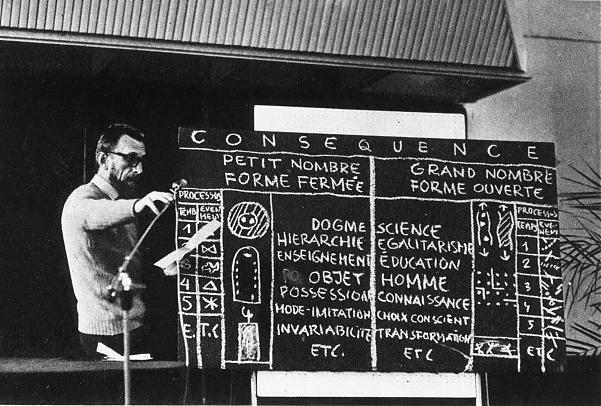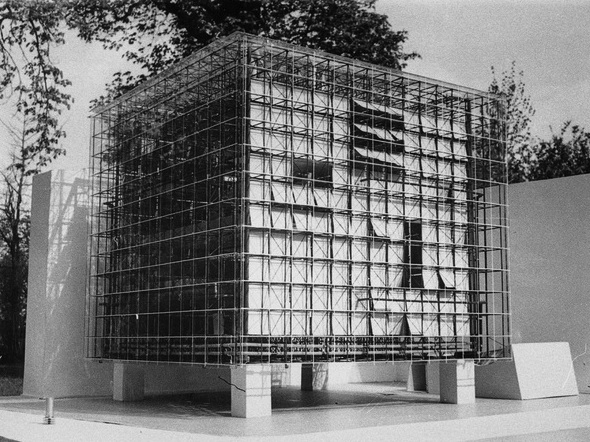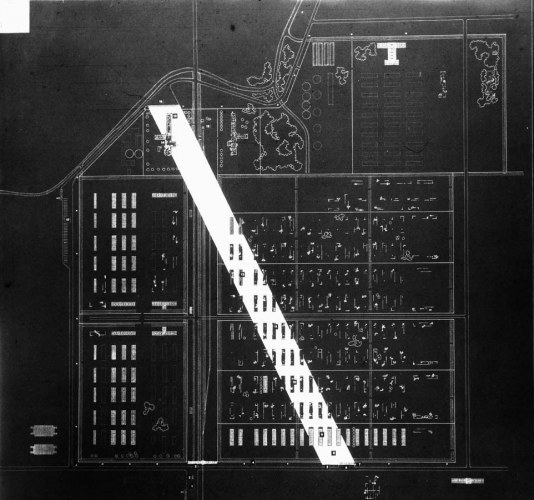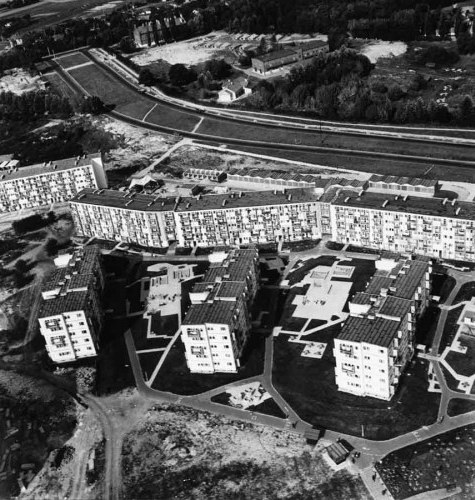
In questo articolo parleremo della visione degli spazi dell’architetto Oskar Nikolai Hansen (Helsinki,1922-Varsavia, 2005).
In this article, we will discuss the vision of living spaces as proposed by Oskar Nikolai Hansen (Helsinki, 1922 – Warsaw, 2005).
Architetto visionario, progettista, teorico, pedagogo, pittore e sculture.
Visionary architect, designer, theoretician, pedagogue, painter and sculptor.
Interessante è la visione degli spazi abitati dall’uomo di Hansen teorizzata nel concetto di Forma Aperta, che prevede la concezione di un progetto variabile così da poter accogliere nel tempo l’intervento dei fruitori – che diventavano a loro volta co-autori dello spazio.
Interesting is the vision of space as inhabited by Hansen, who theorized about Open Form – a space shaped by its inhabitants and their activities. This idea permeates all of his subsequent work, forming a theory that embraces art as a process and actively engages the viewer, recipient, and user.



Forma Aperta. Questa teoria voleva dare una risposta ai problemi che l’architettura del dopoguerra stava affrontando, ma anche aprire un dibattito critico sul movimento moderno (CIAM, International Congresses of Modern Architecture, 1928-1959). Infatti, le critiche di Hansen vengono espresse verso i progetti di social housing dell’epoca. Hansen afferma che questi progetti sono il risultato di un’architettura chiusa.
Open Form. The theory he proposed was his response to the problems architecture faced in the post-war period. His critiques of the modern movement were also directed towards the members of CIAM (International Congresses of Modern Architecture). These critiques were fundamentally aimed at the social housing projects of that time. Hansen argued that these projects are the result of a closed architecture—an architecture that is predetermined and absolute before it is even realized.
Hansen è contrario alle architetture di tendenza modernista, che a suo parere non hanno la capacità di ospitare sia l’individuo che il collettivo. Al contrario, l’idea di un posizionamento del singolo nel collettivo dovrebbe concorrere a creare una migliore condizione di vita. Dunque, la Forma Aperta vede il suo principio fondativo nel riconoscimento dell’individuo come parte del collettivo. Un individuo che, potenzialmente, potrebbe diventare attivo e partecipe della creazione di spazi :
La Forma Aperta dovrebbe essere intesa come il riconoscimento del singolo all’interno di un collettivo.
Hansen opposes modernist architecture, which, in his opinion, lacks the capacity to accommodate both the individual and the collective. The Open Form is founded on the principle of recognizing the individual as part of the collective an individual who has the potential to become active and involved in the creation of spaces.
Open Form shouls to be understood as the recognition of the individual in a collective .

> Oscar Newman, CIAM’59 in Otterlo, Stuttgart, 1961, with contributions by J. Bakema, G. Candilis, G. de Carlo, J. Coderch, R. Erskine, A. van Eyck, B. and D. van Ginkel, G. Grung, H. Haan, O. and Z. Hansen, A. Josic, C. Polonyi, E. Rogers, A. Roth, A. and P. Smithson, J. Soltan, K. Tange, J. Voelcker and S. Woods.
> http://www.zacheta.art.pl
> Open Form Manifesto
> Otterlo (the Netherlands) 7-15 September 1959